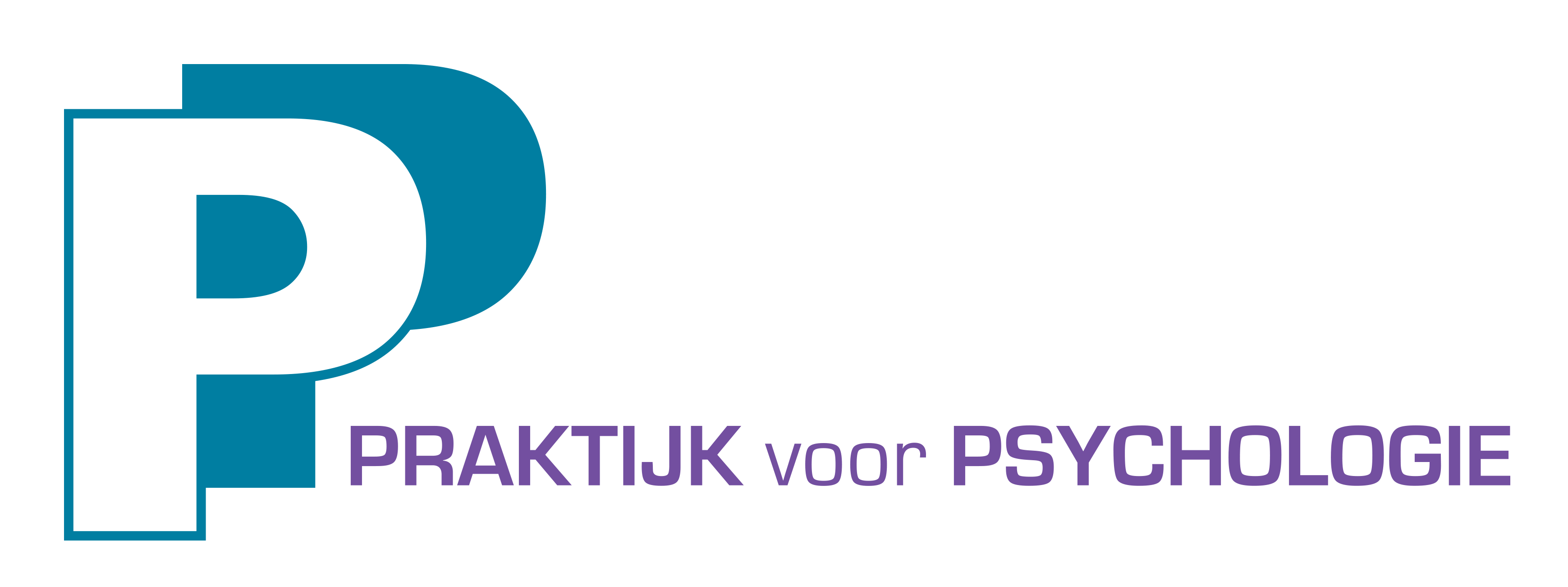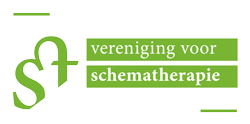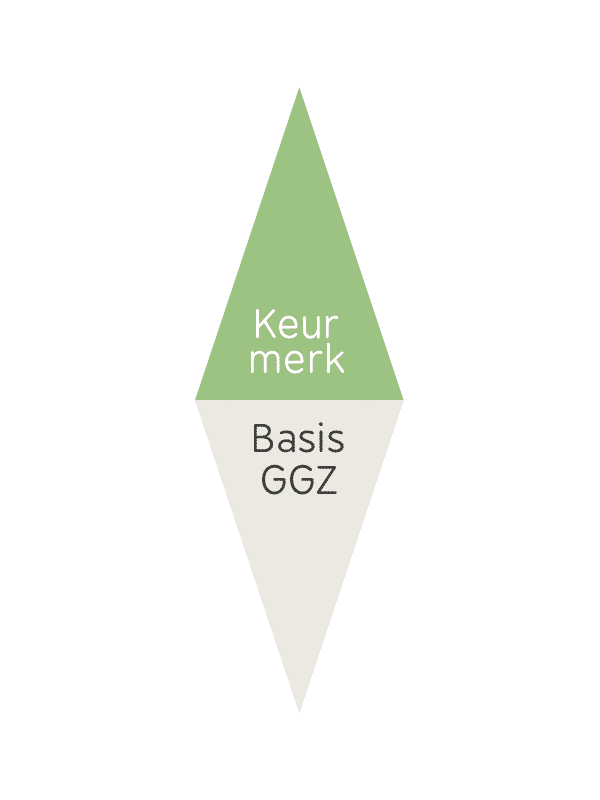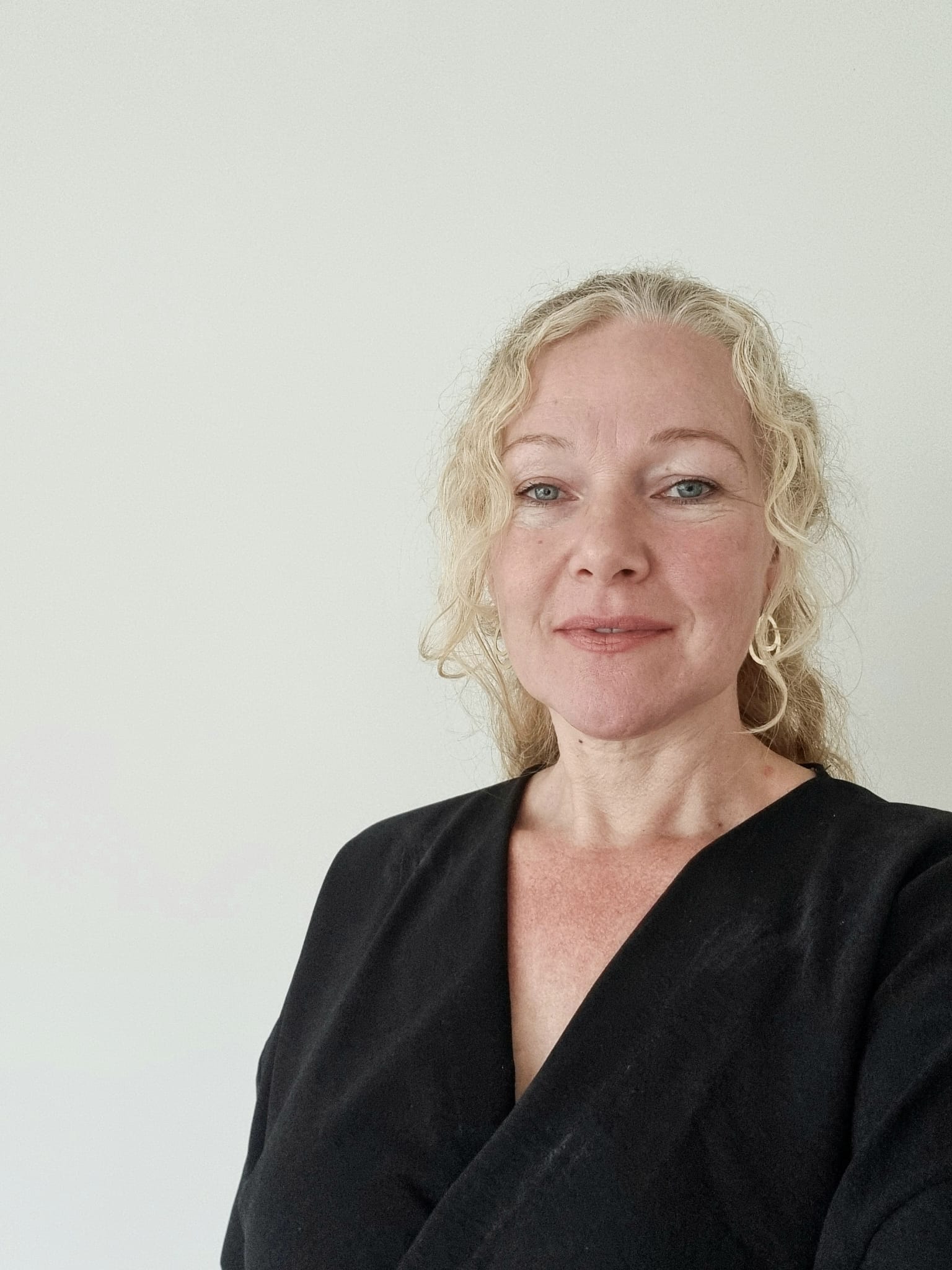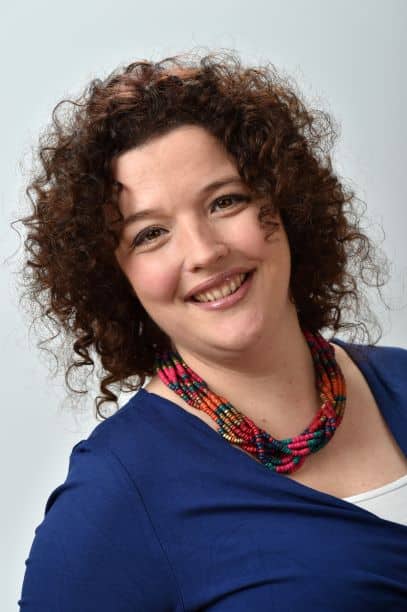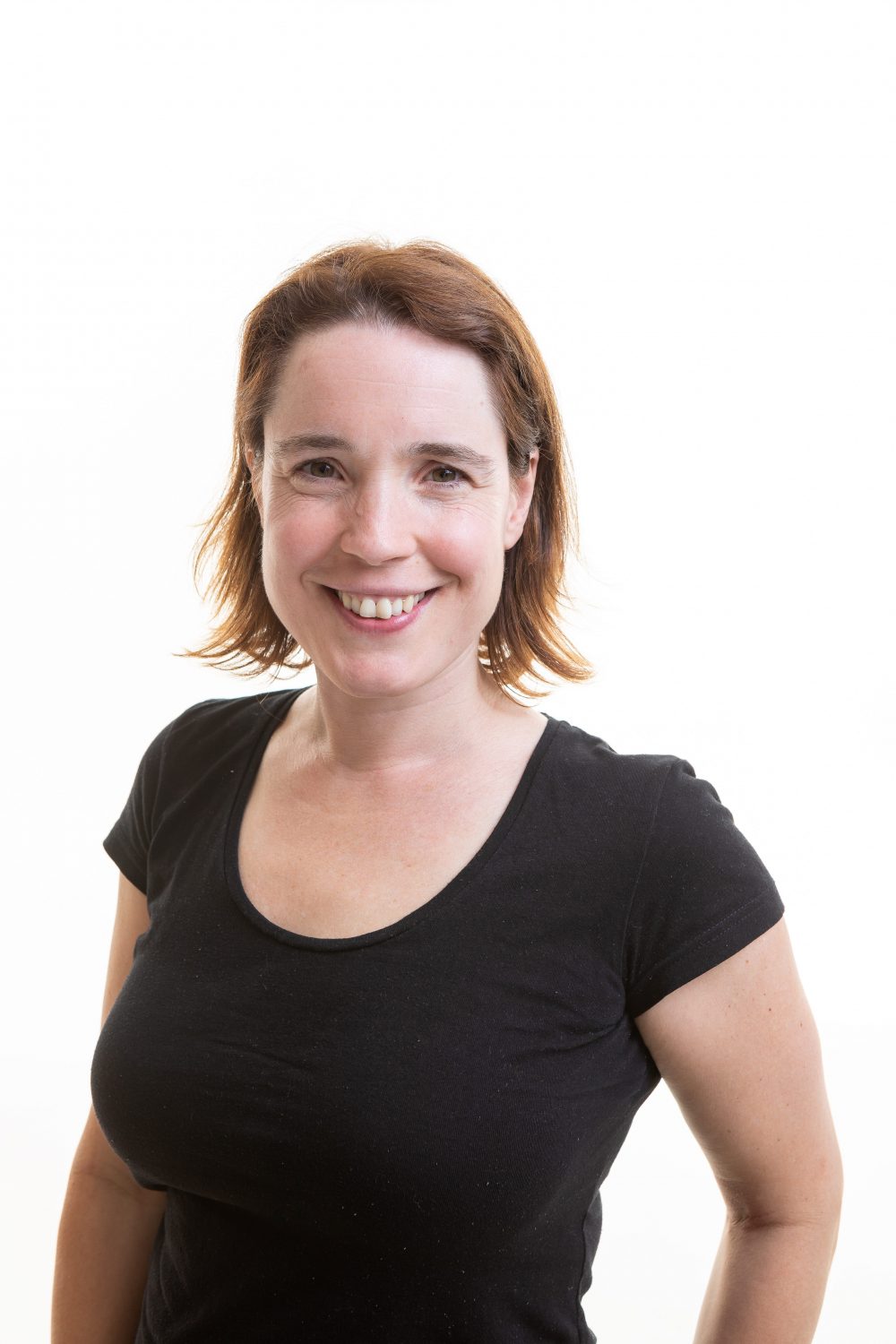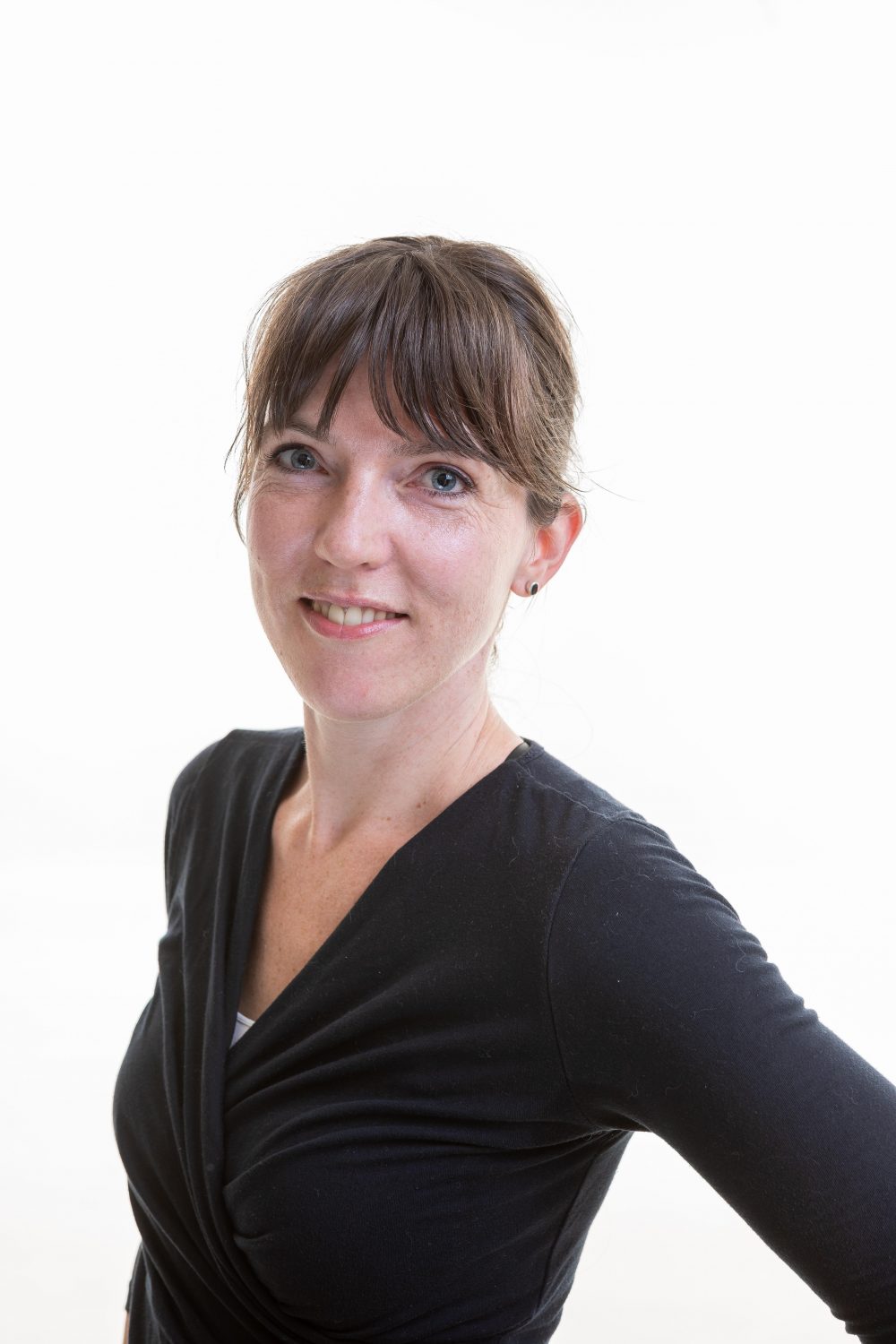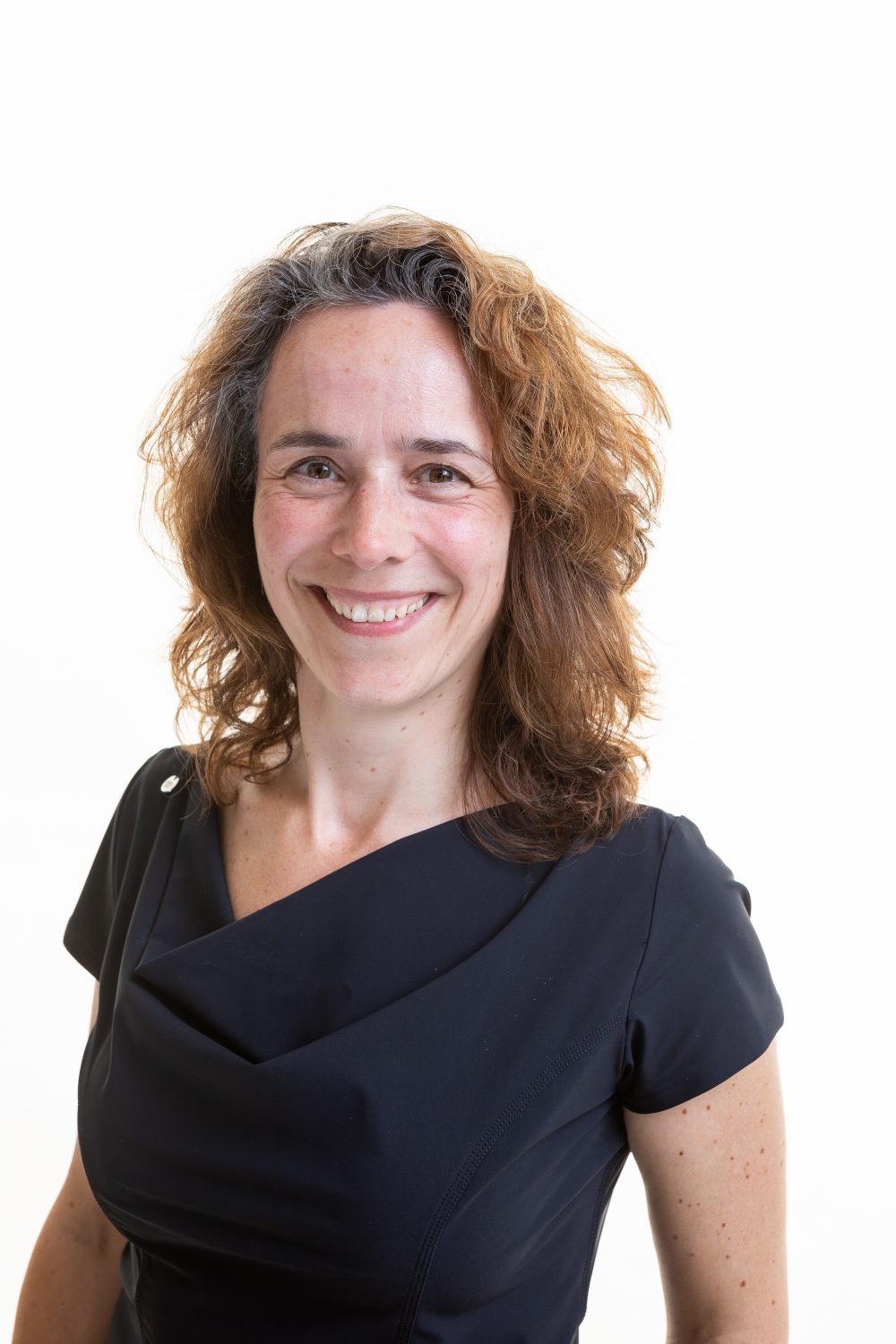Cognitieve Gedragstherapie (CGt)
Cognitieve gedragstherapie (CGt) is een vaak toegepaste therapie. Het is een combinatie van twee vormen van psychotherapie: cognitieve therapie en gedragstherapie. CGt pakt het gedrag én de negatieve gedachten aan die de problemen in stand houden. CGt is onder meer effectief bij angsten, depressie en burn-out. De effectiviteit van cognitieve gedragstherapie is gebleken uit wetenschappelijk onderzoek. Behandelingen zijn klacht- of probleemgericht en duren over het algemeen kort.
Voor het slagen van de therapie is het ook belangrijk dat u vertrouwen hebt in uw therapeut. Bij CGt gaat het om een open en gelijkwaardige relatie. De therapeut werkt nauw met u samen om tot verbetering van uw klachten te komen. Zij probeert zo direct en zo concreet mogelijk aan te sluiten bij uw problemen en laat u er zelf aan werken. Meer weten? Bekijk dan de website van de Vereniging voor Gedragstherapie en Cognitieve therapie (VGCt).
Interesse?
Benieuwd naar wat we voor u kunnen betekenen? Neem dan contact met ons op!
Oplossingsgerichte therapie
Oplossingsgerichte therapie is een vorm van kortdurende psychotherapie die zich niet bezighoudt met probleemgedrag of klachten in het verleden of heden, maar zich richt op gewenst gedrag in de toekomst en hoe dit doel stap voor stap te bereiken.
Interesse?
Benieuwd naar wat we voor u kunnen betekenen? Neem dan contact met ons op!
EMDR
EMDR (Eye Movement Desensitization and Reprocessing) is een bewezen effectieve therapie die kan worden toegepast bij het verwerken van nare en ingrijpende ervaringen.
Hoe gaat EMDR in zijn werk?
De therapeut verzoekt u aan de gebeurtenis terug te denken inclusief de bijbehorende beelden, gedachten en gevoelens. Eerst gebeurt dit om meer informatie over de traumatische beleving te verzamelen. Daarna wordt het verwerkingsproces opgestart. De therapeut zal vragen de gebeurtenis opnieuw voor de geest te halen. Maar nu gebeurt dit in combinatie met een afleidende stimulus. De EMDR procedure brengt doorgaans een stroom van gedachten en beelden op gang, maar soms ook gevoelens en lichamelijke sensaties. Vaak verandert er wat. De cliënt wordt na elke set oogbewegingen gevraagd zich te concentreren op de meest opvallende verandering, waarna er een nieuwe set volgt.
Langzamerhand zal het er toe leiden dat de herinnering haar kracht en emotionele lading verliest. Het wordt dus steeds gemakkelijker aan de oorspronkelijke gebeurtenis terug te denken. Een andere mogelijkheid is dat er spontaan nieuwe gedachten of inzichten ontstaan die een andere, minder bedreigende, betekenis aan de gebeurtenis geven. Deze effecten dragen eraan bij dat de schokkende ervaring steeds meer een plek krijgt in de levensgeschiedenis van de persoon.
Interesse?
Benieuwd naar wat we voor u kunnen betekenen? Neem dan contact met ons op!
Schematherapie
In de kortdurende therapie (BGGZ) kunnen de GZ-psychologen geen volledige schematherapie behandeling aanbieden. Liesje van Riel, werkzaam als psychotherapeut, (SGGZ) biedt volledige schematherapie behandelingen aan.
Schematherapie is een van oorsprong langer durende therapie, variërend van enkele maanden (groeps- of individuele) therapie tot enkele jaren. In onze praktijk kunnen we binnen de BGGZ een maximum van 11 (vergoede) individuele sessies bieden. Dit kan voor lichte problematiek voldoende zijn. Voor matige/ernstige problematiek kan dit een prettige kennismaking zijn met schematherapie, waarna indien nodig en/of gewenst doorverwezen kan worden. Ook kan het een versterking zijn van datgene wat er geleerd is in een eerder langer durend traject met schematherapie. Binnen de SGGZ kunt u een langer traject voor schematherapie volgen. Samen met uw psychotherapeut wordt bekeken wat de verwachte duur van de behandeling zal zijn.
Schematherapie is een vorm van psychotherapie die helpt om de oorsprong van gedragspatronen te doorgronden en te veranderen. De invloed van ervaringen uit iemands jeugd op de patronen en dagelijkse leven wordt onderzocht. De cliënt leert zichzelf zodanig te veranderen dat zij zich beter gaat voelen en beter voor zichzelf kan zorgen en opkomen. Men leert voelen wat de behoefte is en leert op een gezondere manier daarvoor op te komen. Hierdoor veranderen niet alleen het gedrag, maar ook de gedachten en gevoelens.
Interesse?
Benieuwd naar wat we voor u kunnen betekenen? Neem dan contact met ons op!
Acceptatie en Commitment Therapie (ACT)
Acceptatie en Commitment Therapie (ACT) gaat ervan uit dat veel lijden wordt veroorzaakt doordat mensen proberen er op een verkeerde manier vanaf te komen. Pogingen om innerlijke pijn op te lossen, kunnen het leed vergroten. ACT moedigt mensen aan vruchteloze oplossingen los te laten.
Bij ACT is het doel om psychisch flexibel te worden, en zo een rijk en zinvol leven te leiden. Deze drie zaken zijn hierin essentieel: Accept, Choose and Take action. Het leren accepteren dat negatieve gevoelens en gedachten bij het leven horen, het kiezen welke waarden voor jou belangrijk zijn, en in actie komen om naar je waarden te leven.
Het accepteren van innerlijke pijn houdt niet in dat u passief en lamgeslagen de pijn ondergaat. In plaats daarvan beleeft u actief het negatieve gevoel. Het gevolg hiervan is dat de innerlijke pijn niet onnodig gaat overheersen. Dit element van de ACT lijkt op mindfulness.
Interesse?
Benieuwd naar wat we voor u kunnen betekenen? Neem dan contact met ons op!
Mindfulness
Mindfulness, of aandacht-training, is het tegenovergestelde van leven op de automatische piloot. U komt dichterbij uw gevoel, zonder erover te oordelen of er direct gevolg aan te geven. U aanvaardt de situatie zoals hij is en creëert zo ruimte om problemen van een andere kant te bekijken. Door dit proces te trainen, leeft u intenser en kunt u tegelijkertijd makkelijker ontspannen.
Mindfulness is vooral goed voor mensen die blijven piekeren over het verleden of tobben over de toekomst. Mensen kunnen zo in beslag genomen worden door hun verleden of de toekomst dat ze ‘vergeten’ om in het ‘hier en nu’ te leven. Daar probeert mindfulness verandering in te brengen. Onderzoek heeft uitgewezen dat mindfulness het risico op terugval bij depressie kan verminderen. Ook kan het angsten beter hanteerbaar maken.
Interesse?
Benieuwd naar wat we voor u kunnen betekenen? Neem dan contact met ons op!
Beeldbellen
Behandeling van uw klachten kan via beeldbellen wanneer u niet de mogelijkheid heeft te komen naar de praktijk of de voorkeur heeft voor digitale communicatie. Eventueel ook wanneer u ziek bent, kunt u gebruik maken van de mogelijkheid tot beeldbellen.
Internettherapie
Binnen Praktijk voor Psychologie wordt gebruik gemaakt van internettherapie. De internettherapie is altijd een onderdeel van een reguliere (face tot face) behandeling. Het wordt niet los aangeboden.
Bij aanmelding bij onze praktijk, vraagt onze secretaresse u of u gebruik wilt maken van het e-health programma ‘Eerste stap naar herstel’ (van Therapieland). Zij geeft u uitleg over wat het inhoudt en hoe u toegang kunt krijgen. Wanneer u wilt kunt u hier meteen gebruik van maken in afwachting van uw eerste intakegesprek bij de psycholoog. Het betekent echter nog niet dat u bij ons in behandeling bent. U bent pas bij ons in behandeling wanneer u een intakegesprek heeft gehad met een behandelaar.
Wanneer u in behandeling bent, zal uw psycholoog opnieuw met u spreken over de optie van het volgen van een of meer e-health modules (Therapieland, of ACT Guide App). In overleg met u zal worden besloten of, en zo ja welke, modules voor u passend zijn. Ook wordt besproken of u moeilijkheden verwacht in het uitvoeren van deze e-health opdrachten, en zo ja, hoe we dit kunnen oplossen. Dit zal gedurende de behandeling worden geëvalueerd, en aan de hand daarvan kan het aanbod aangepast worden.
Internettherapie biedt u extra dat u elementen van een reguliere behandeling in uw eigen tempo thuis kunt uitvoeren en zaken nog eens terug kan lezen of opdrachten uit kan voeren. Hiermee houdt u de regie meer in uw eigen hand.
Voor meer informatie en om u een inzicht te geven in wat internettherapie inhoudt, verwijzen wij u graag naar https://www.therapieland.nl/programmas/
De tijd die de psycholoog aan internettherapie besteedt bij vergoede zorg wordt meegenomen in het zorgproduct en opgeteld aan het aantal minuten dat er voor staat. Bij onvergoede zorg krijgt u zelf een nota evenredig aan de besteedde tijd naar rato van het uur tarief.
Interesse?
Benieuwd naar wat we voor u kunnen betekenen? Neem dan contact met ons op!
